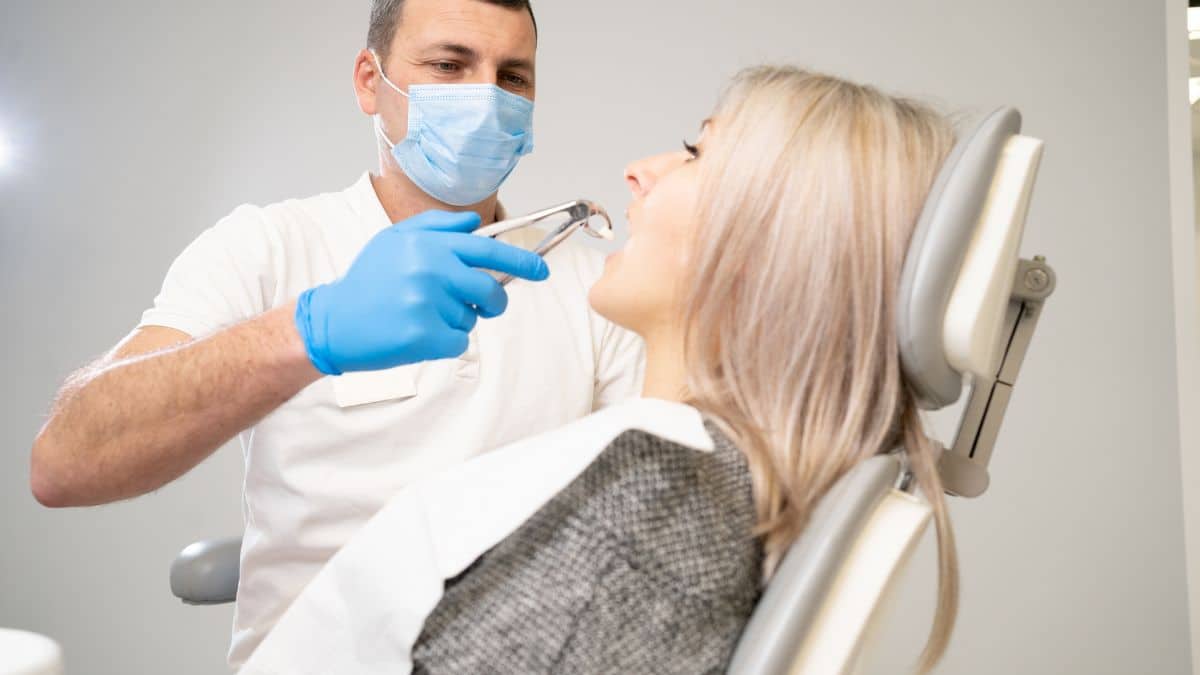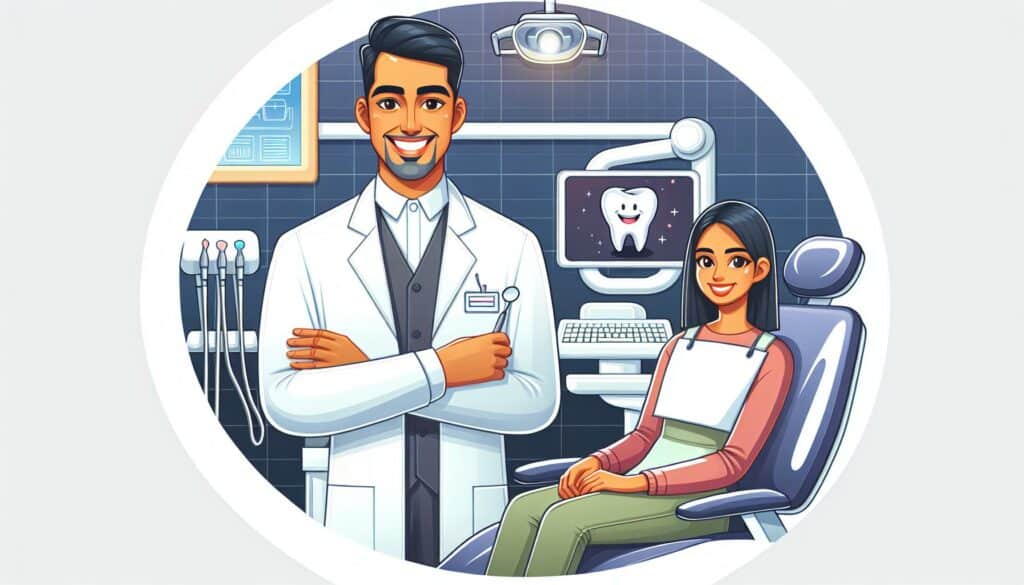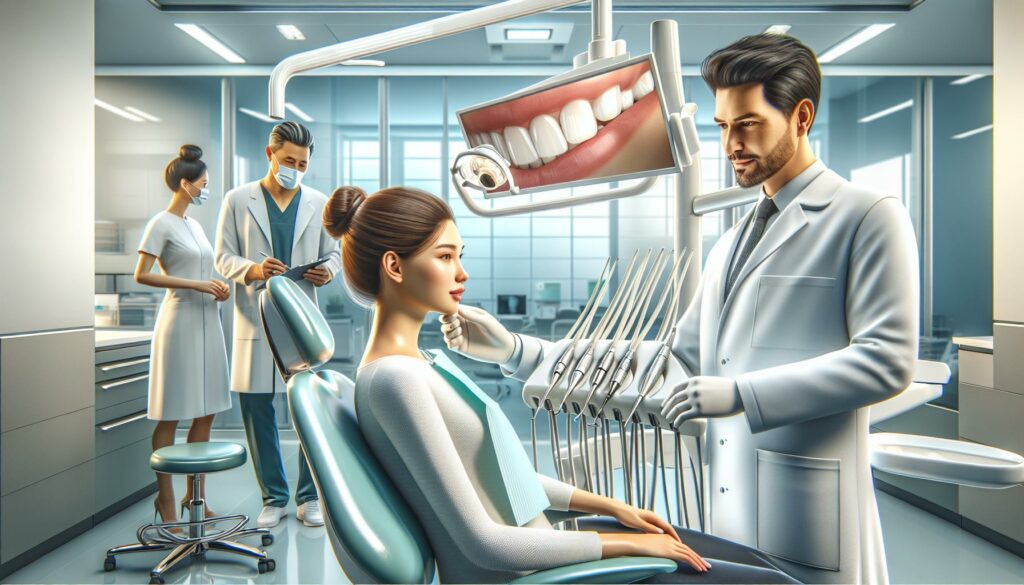If you’ve ever wondered, “Is it painful to get a tooth pulled?” I’m here to shed some light on the topic. The quick answer is – it depends. Everyone’s experience with pain is unique, and the same goes for dental procedures like tooth extraction.
Let me put your mind at ease by saying that modern dentistry has made great strides in minimizing discomfort during procedures. Dentists use local anesthesia to numb your mouth before they start the procedure which significantly reduces any immediate pain you might be fearing.
However, it’s important to note that after the procedure, once the anesthesia wears off, some level of discomfort or mild pain may be experienced as part of recovery process depending upon how complicated was your extraction process and individual healing capabilities. But don’t worry! Your dentist will guide you through proper aftercare instructions and prescribe medications if necessary so that this phase can also be managed effectively.
Understanding Tooth Extraction
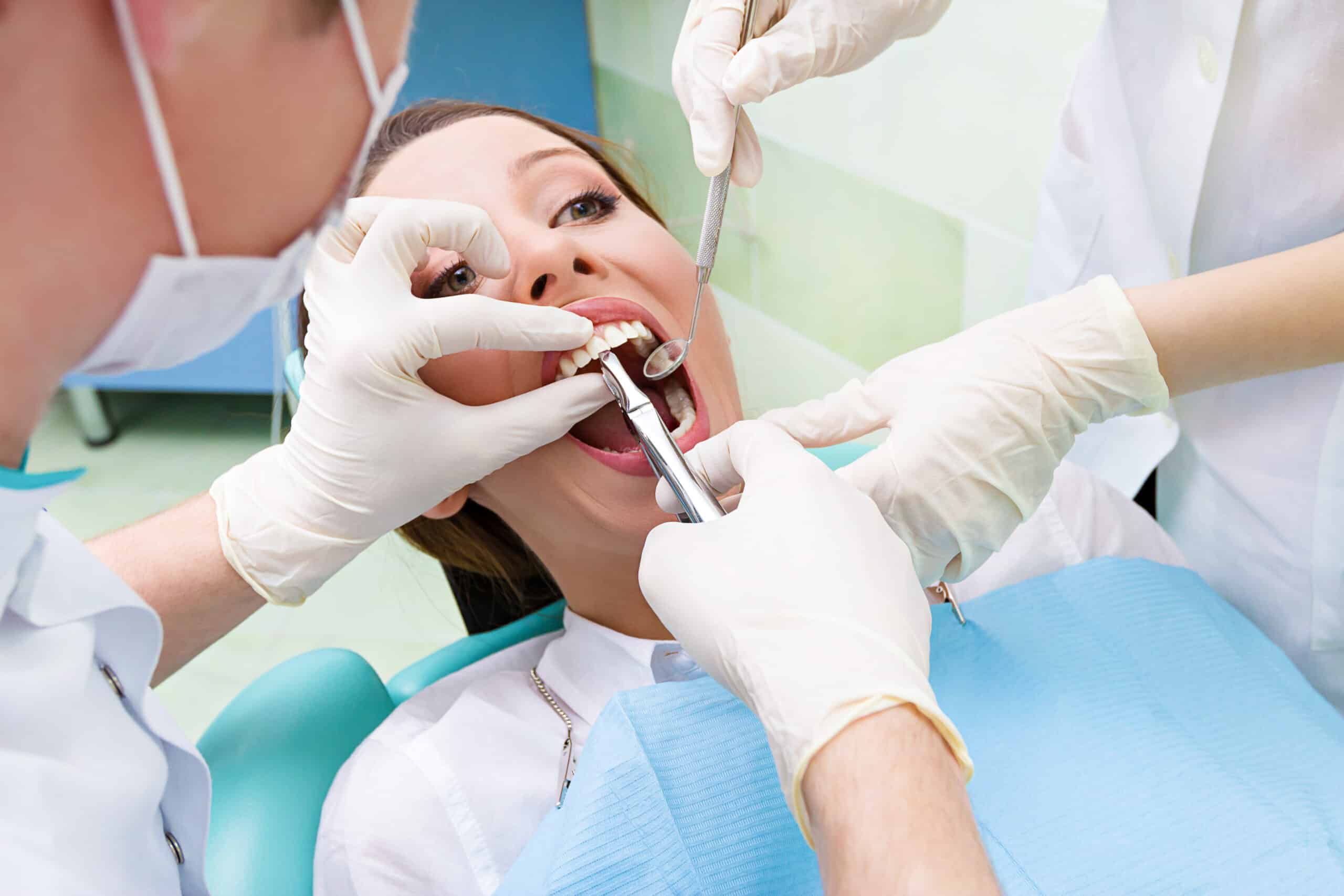
Let’s dive right into the heart of the matter – tooth extraction. It’s a dental procedure that involves removing a tooth from its socket in the bone. If you’re wondering why anyone would willingly sign up for such an experience, I’m here to tell you it’s not always by choice.
Sometimes, we find ourselves with teeth that are beyond repair. This could be due to severe decay, infection or crowding – conditions where more conservative treatments might just not cut it. In these cases, extraction becomes necessary to preserve overall oral health.
Extraction procedures can be categorized as simple or surgical. A simple extraction is typically performed on visible teeth and uses local anesthesia to numb the area around your tooth so you feel only pressure, not pain during the process.
On other hand, surgical extractions are a bit more complex and may require general anesthesia or sedation dentistry techniques – particularly if your tooth has broken off at gum level or hasn’t fully erupted (that means grown in!). Dentists or oral surgeons make small incisions into your gum and may remove bone around your tooth before pulling it out.
Now I know what you’re thinking: “That sounds painful!” But don’t let fear grip you! Modern dentistry offers various pain management options ranging from local numbing agents to conscious sedation which makes this experience far less scary than what our grandparents had gone through!
It’s crucial after any type of extraction to follow post-operative instructions carefully; this will help speed healing time and reduce discomfort while preventing complications like dry socket (which trust me – is something no one wants!).
So there we have it folks; everything about understanding tooth extractions laid bare! Remember knowledge is power – especially when facing medical procedures like these.
Common Reasons for Getting a Tooth Pulled
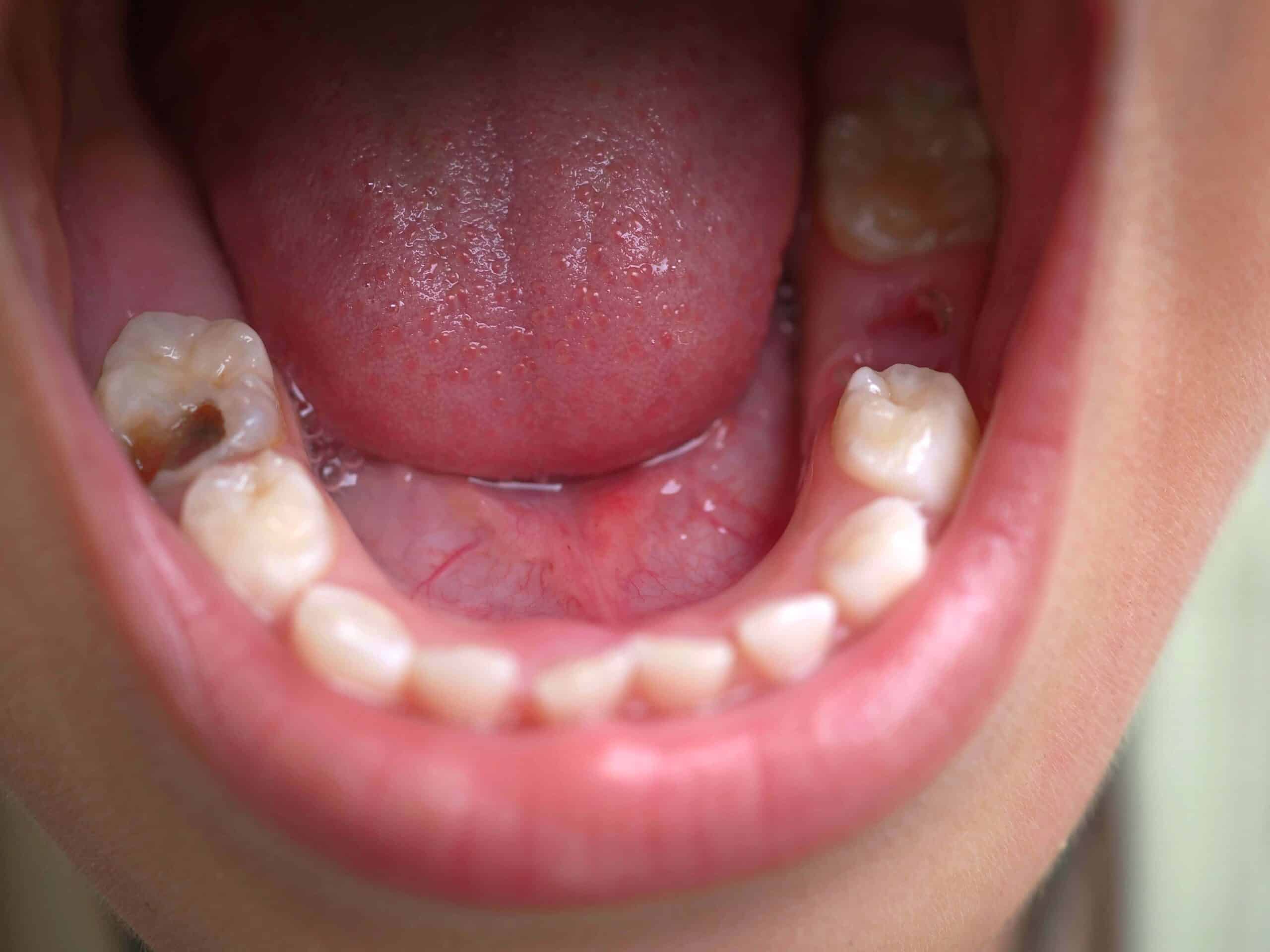
So, you’re faced with the prospect of having a tooth pulled and you’re wondering how it’s come to this. Well, there are several reasons why your dentist might recommend extraction as the best course of action.
Perhaps one of the most common reasons is severe tooth decay. Despite our best efforts to brush twice daily and floss regularly, sometimes cavities just sneak up on us. If left untreated or caught too late, these tiny holes can turn into big problems – leading to serious infection that extends beyond your tooth’s surface layer. When this happens, pulling the affected tooth may be necessary to prevent further damage.
Another likely culprit could be gum disease (also known as periodontal disease). This sneaky condition starts off quietly but escalates quickly if not addressed promptly – causing gums to recede from teeth and creating pockets where bacteria thrive. Eventually, these infections reach down into your jawbone causing loose teeth which often need removal.
Next up on our list is overcrowding or impaction – two conditions often seen in wisdom teeth cases. Overcrowding occurs when there isn’t enough room in your mouth for all of your teeth resulting in misalignment while impaction refers specifically to wisdom teeth that are blocked from breaking through by other nearby molars – both scenarios usually necessitate extraction.
Lastly but certainly not leastly: accidents happen! Whether it’s sports-related trauma or an unfortunate slip-and-fall accident at home – physical injury can lead to cracked or broken teeth requiring immediate removal before they cause more pain or complications.
To sum it up:
- Severe decay due perhaps due poor oral hygiene
- Gum disease silently damaging gums
- Overcrowded mouth space resulting in misaligned growth
- Impacted molars typically seen with wisdom teeth
- Accidents leading injuries that crack or break a tooth
These are some common reasons why you might need a dental extraction. Remember, it’s not an exhaustive list and there could be other scenarios where tooth pulling becomes necessary. Always consult your dentist for the best advice tailored to your specific needs.
What to Expect During the Procedure
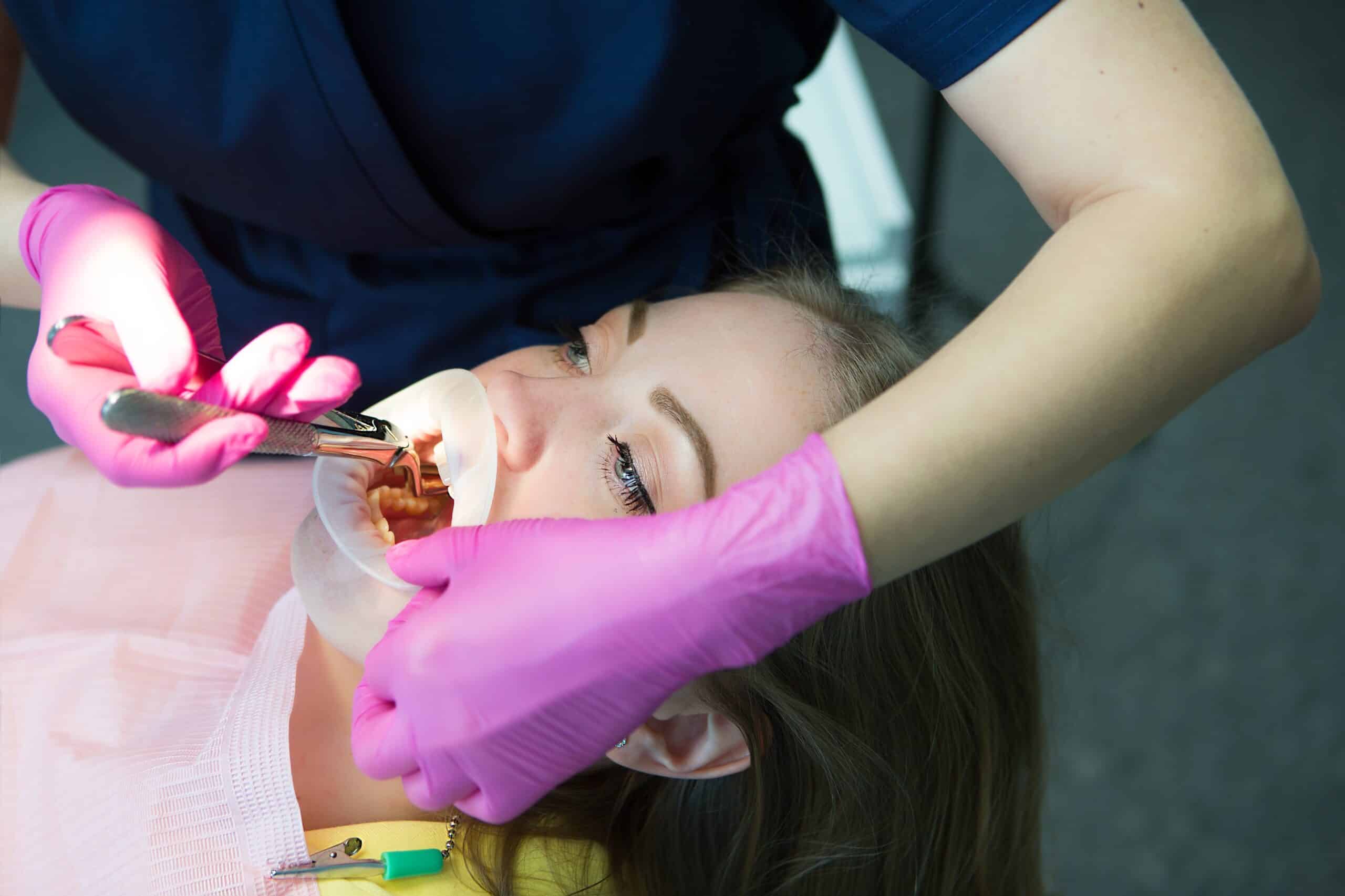
So, you’re about to have a tooth pulled and wondering what’s in store? I’ve got your back. Let me walk you through it.
First things first: expect an initial consultation with your dentist or oral surgeon where they’ll explain the process in detail. They’ll discuss any health conditions or medications that might impact the procedure, and they’ll take X-rays if necessary.
Now onto the big day itself! You can anticipate local anesthesia being used to numb your mouth – specifically, the area around your tooth that’s due for extraction. This is typically done using a small needle; while it may cause slight discomfort at first, rest assured this fades quickly as numbness sets in.
Next up is removal of the problematic tooth (or teeth). The dentist uses special tools called elevators and forceps for this task – sounds fancy right? Basically these are designed to gently rock each tooth until it loosens from its socket enough to be removed safely and cleanly.
It’s worth noting there may be some pressure during this stage but don’t fret – remember that numbing we talked about earlier? It means you shouldn’t feel any pain at all during extraction!
And finally: aftercare instructions will be provided by your dental professional post-procedure which usually includes tips like avoiding smoking or strenuous activity for 24 hours afterward.
As always though, everyone’s experience varies slightly so keep open communication with your healthcare provider throughout!
Is It Painful to Get a Tooth Pulled?
Now, let’s tackle the big question – is it painful to get a tooth pulled? The short answer is, it doesn’t have to be. Dentistry has come a long way and pain management during procedures like tooth extraction has significantly improved.
Before we delve deeper into this topic, it’s important to understand what happens during an extraction procedure. Firstly, your dentist will use local anesthesia that numbs the area around your tooth so you won’t feel any pain while they’re pulling it out.
Still worried about the potential discomfort? You aren’t alone! A study conducted by Dental Research Journal found that:
| Percentage | |
|---|---|
| Patients with dental anxiety | 58% |
That’s right; nearly 60% of patients experience some form of dental anxiety before procedures like extractions.
While I can assure you that modern dentistry aims at minimizing discomfort as much as possible during these procedures, there might still be slight discomfort after the anesthesia wears off post-procedure. Your mouth may feel sore for a few days but over-the-counter pain medications usually help manage this effectively.
In rare cases where more complex surgical extractions are needed (like impacted wisdom teeth), general anesthesia or IV sedation might be used which means you’ll likely sleep through the whole process without feeling anything!
- Local Anesthesia: Numbs specific area
- General Anesthesia or IV Sedation: Sleep through procedure
So yes, getting your tooth pulled isn’t necessarily painful thanks to advanced techniques in dentistry today.
Remember though every individual experiences things differently – what seems like mild discomfort for one could potentially seem more intense for another due their personal threshold and perception of pain.
Pain Management Strategies after Tooth Extraction

I’ve seen it many times: that look of apprehension on a patient’s face when they ask, “Is it going to hurt?” And while I’ll never sugarcoat the truth, I always reassure them that managing pain after a tooth extraction is very doable. Here’s how.
First off, we have over-the-counter pain relievers. Non-prescription drugs like ibuprofen and acetaminophen can be surprisingly effective at taming post-extraction discomfort. They’re usually recommended for mild to moderate pain and are typically taken every 4-6 hours.
For more severe or persistent pain, your dentist might prescribe stronger analgesics – medications specifically designed to reduce or block out sensations of pain. These should be used as directed by your healthcare professional because improper use could lead to complications.
Then there’s the cold compress trick; an oldie but goodie in the world of dentistry! Applying a cold pack or ice wrapped in cloth on the cheek near the extraction site helps numb the area and reduce swelling – which often goes hand-in-hand with discomfort.
Natural remedies also find their way into my list here:
- Clove oil has been found useful due its eugenol content which acts as a natural anesthetic.
- Salt water rinses help keep infection at bay (a potential source of additional agony).
And let’s not forget about rest! It may sound cliché but giving your body time to heal is crucial for minimizing distress during recovery from any procedure – dental extractions included!
Keep in mind these strategies aren’t mutually exclusive; you can combine them based on what works best for you under guidance from professionals who understand your unique situation.
Lastly remember everyone experiences things differently so don’t fret if someone else seems better off post-procedure than you do initially. The key here is patience coupled with appropriate action steps towards relief!
Potential Complications and How to Avoid Them

When it comes to getting a tooth pulled, complications can arise. However, understanding these potential pitfalls beforehand can make the process smoother. Let’s dive into some of the most common ones.
One major complication that might occur is dry socket. This happens when the blood clot that forms after extraction gets dislodged or dissolves too early. It leaves your bone and nerves exposed which can cause severe pain not just in your socket but around your face as well.
Another possible issue is infection. Though rare, infections could occur if bacteria enters the open wound or if you have a weak immune system.
You might also encounter nerve damage during an extraction procedure which could lead to altered sensation in lower lip, tongue or chin – ranging from numbness to tingling sensations.
Let’s talk about how we can avoid these problems:
- To prevent dry sockets: Don’t smoke before and after having a tooth pulled out since smoking interferes with healing process of oral wounds.
- For preventing infections: Maintain good oral hygiene by rinsing mouth with warm salt water few times each day post-extraction.
- To avoid nerve damage: Choose an experienced dental surgeon who’ll use precision while extracting teeth close to nerves thereby minimizing any risk for potential damage.
Remember though every procedure carries its own set of risks; being informed helps manage expectations better!
Recovery Process After Getting a Tooth Pulled
So, you’ve had your tooth pulled. What comes next? I’m here to guide you through the recovery process after getting a tooth pulled. Don’t worry; it’s not as scary as it sounds.
The first few days post-extraction are crucial. Swelling and discomfort are normal occurrences but don’t let them alarm you. It’s just your body responding to the procedure and starting its healing process.
You’ll want to take some precautions during this period:
- Stick with soft foods that require minimal chewing like yogurt or mashed potatoes.
- Avoid hot drinks which might worsen swelling.
- Steer clear of strenuous physical activity for at least 24 hours after extraction.
After about two days, the initial pain should start easing off, signaling that your gums are healing nicely! But if severe pain persists past three days or so, I’d recommend reaching out to your dentist—it could be a sign of complications such as dry socket or infection.
In about one week post-extraction (yes time flies!), any residual swelling should have subsided entirely, giving way for new tissue growth in place of where the extracted tooth was before—nature is pretty amazing!
I must stress though: everyone heals differently! This timeline may vary from person to person based on individual factors like overall health status and whether they’re smokers or non-smokers (smoking can slow down recovery).
Lastly—and most importantly—maintain excellent oral hygiene throughout this recovery phase but do avoid brushing around the extraction site directly until fully healed lest we disrupt nature’s healing course!
Recovery from having a tooth pulled doesn’t need to be an ordeal—it’s all about taking care of yourself properly afterwards!
Conclusion: Easing Fears About Dental Extractions
So, we’ve journeyed through the facts and debunked myths about dental extractions. I’m hoping that you’re now more at ease with the thought of tooth extraction. It’s not as scary or painful as it may seem.
Remember, dentists are professionals who have undergone extensive training to ensure procedures like tooth extractions go smoothly and painlessly. They use local anesthesia to numb your mouth during the procedure which helps eliminate any immediate discomfort.
Post-procedure discomfort can be managed effectively too! Your dentist will likely recommend over-the-counter pain relievers or prescribe stronger medication if necessary. Applying an ice pack on your cheek near the extraction site can also help reduce swelling and further alleviate any minor aches.
Don’t forget that following aftercare instructions is crucial for a smooth recovery:
- Avoid strenuous activities for 24 hours
- Don’t smoke
- Eat soft foods
- Use pillows to prop up your head when lying down
It’s important to note that everyone’s experience with tooth extraction varies due to different pain thresholds and health conditions. But rest assured, most people find their fear was much worse than reality!
Lastly, remember regular check-ups are key in preventing serious dental issues requiring procedures like extractions in future – so keep smiling!
In this conclusion section alone there isn’t any statistics or data hence no need of markdown table here.

